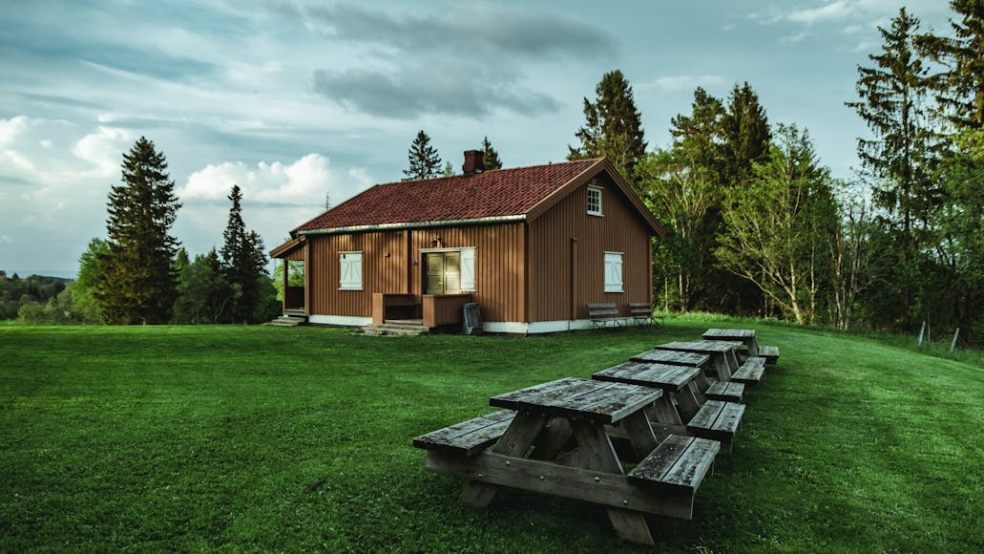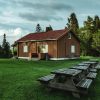
Insuring Homes Built with Non-Traditional Materials
Not every home is made of bricks and tiles. Across the UK, families live in houses built from timber frames, concrete panels, cob, or even steel. These materials may be functional and full of charm, but they often fall outside standard insurance policies.
That’s when the process of getting proper protection can be more complicated than it should be. If you live in a property like this, understanding your insurance options is key. Read on to find out how to protect your unique home properly.
Why Some Homes Are Considered ‘Non-Traditional’
A home is considered non-traditional if its materials or construction methods fall outside what insurers expect. Standard homes are usually built with brick or stone walls and slate or tiled roofs. Anything different may raise eyebrows.
Materials like wattle and daub or steel and timber frames make a property harder to assess for risk. Insurers may worry about fire safety, durability, or long-term repairs. Some properties built after the Second World War using concrete or steel are now ageing poorly, making them trickier to maintain or value.
What This Means for Your Insurance Cover
Because they don’t fit the usual checklist, homes built this way often need non standard home insurance. This type of policy is designed to account for unusual risks, specialist repair methods, or harder-to-source materials. Insurers might ask for more detailed surveys or reports before agreeing to cover.
Premiums may be higher, but not always. If your home is well-maintained and the materials are sound, some insurers will take a flexible view. Others may apply exclusions or higher excesses.
How to Make Sure You’re Properly Covered
To get the right protection, you’ll need to be open about the materials used and provide as much detail as possible. If you know your property was built with non-standard methods, it’s better to mention it upfront rather than risk a claim being declined later.
Choose an insurer that understands specialist builds. Some offer policies specifically for homes with unusual construction, including timber-framed eco homes or steel-framed post-war properties.
Getting a full structural survey can also help. It gives the insurer confidence in your home’s safety and condition, and may even reduce your premium.
Common Problems to Avoid
One of the biggest mistakes people make is assuming their policy already covers them. Standard home insurance policies often exclude certain risks without stating so clearly.
Another issue is undervaluing the rebuild cost. Reconstructing a non-traditional home can be far more expensive than a standard one. Always insure for the true rebuild value, not just the market price.
Conclusion
Non-traditional doesn’t mean uninsurable. It just means you need a policy that fits. By being upfront, working with the right providers, and understanding your home’s needs, you can find cover that gives real peace of mind.
If your house doesn’t follow the norm, your insurance shouldn’t either. Get the cover that reflects your home’s true nature.

















